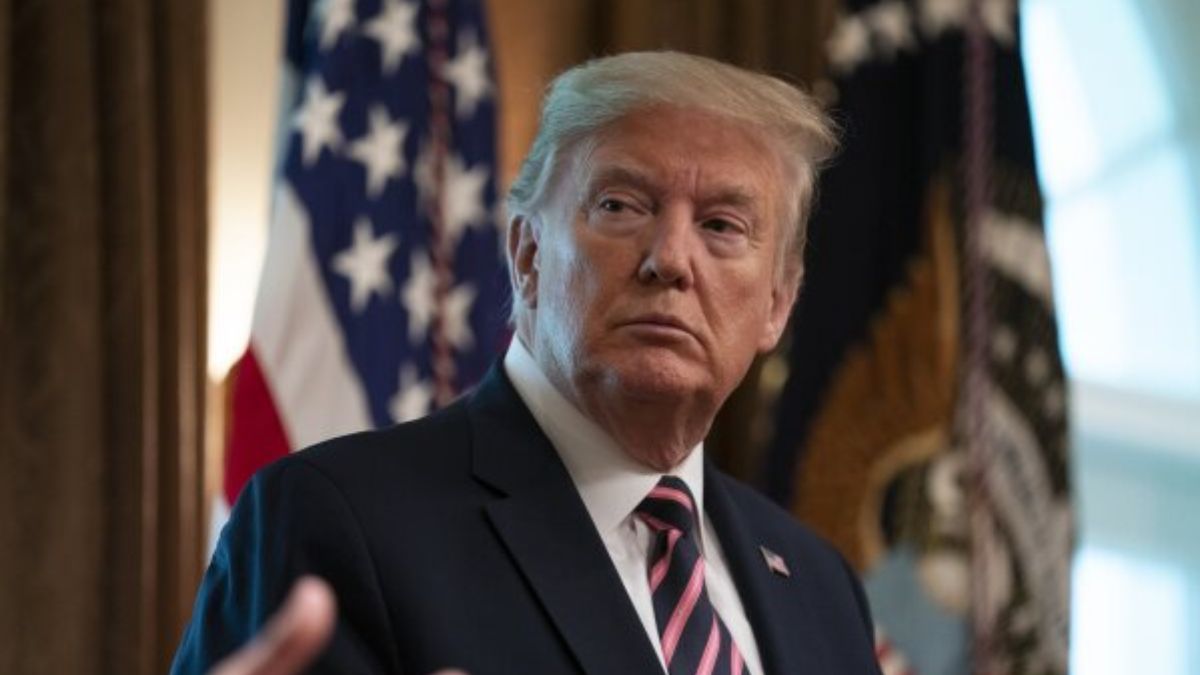The US is raking it in from tariffs.
US President Donald Trump shocked many when he announced ‘reciprocal tariffs’ on US trading partners including China and India in April.
The declaration, which came on ‘Liberation Day’, sent tremors through the world markets.
Trump has been obsessed with tariffs since his first term.
He has mused about tariffs paying down the federal debt and even potentially replacing income tax.
But how much money is America taking in from tariffs?
Let’s take a closer look:
What do we know?
As of July 29, America has taken in $125.6 billion in tariffs. The data show tariffs have been steadily climbing the entire year.
In January, tariff revenues were at around $8 billion. In April, the levies had generated $16.3 billion. By June, tariffs added another $26.6 billion to the kitty. In July, that figure increased by another $28 billion.
That’s a massive increase from 2024 when America took in $79 billion in tariffs over the entire year.
In 2022, tariffs were at $98 billion.
The Yale University Budget Lab has said that the average tariff rate on imported goods currently stands at 18.2 per cent. This is the highest rate since 1934. Before Trump returned to office, that figure was at 2.4 per cent.
Treasury Secretary Scott Bessent has predicted that tariffs could generate over $300 billion in revenue. While this seems like a good thing, it is American companies who are having to pay the costs to the government. Businesses will also likely pass on the escalating costs to the consumer, who could experience sticker shock.
Experts say Trump’s tariffs will inevitably cause prices to rise. According to the Federal Reserve, inflation ought to be at two per cent. Inflation was at 2.7 per cent in January, 2.4 per cent in May and 3 per cent in June.
They say a number of firms stockpiling products has thus far resulted in consumers having to avoid shelling out extra.
But they say there are signs that the US customer will soon start paying the price for Trump’s tariffs.
From major appliances to sports equipment and toys, many products that Trump has levied tariffs on have witnessed price increases.
While some in the administration have argued that tariffs could eventually replace income tax, this is still far short of the $2.4 trillion income tax the federal government took in last year.
Trump tears up post WW-II playbook
Since his return to the White House US President Donald Trump tore up the US post-WWII economic policy playbook of favouring free trade, slapping tariffs on trading partners and on certain products like steel.
The US has subsequently reached deals with a number of countries that will see considerably higher tariffs apply than were in place, but for the most part also considerably lower than the highest rates that Trump threatened to impose.
Trump said Thursday that sweeping tariffs he has imposed on nations around the world were making the country “great & rich again” as governments raced to strike deals with Washington less than 24 hours before an August 1 deadline.
“ONE YEAR AGO, AMERICA WAS A DEAD COUNTRY, NOW IT IS THE “HOTTEST” COUNTRY ANYWHERE IN THE WORLD,” he wrote on his Truth Social platform.
The deals that the US reached with trading partners will also go into effect on August one, as will a 50 percent levy on copper imports.
For around 80 countries, including the 27 members of the European Union, rates of between 11 and 50 percent are set to come into force.


)

)
)
)
)
)
)
)
)



